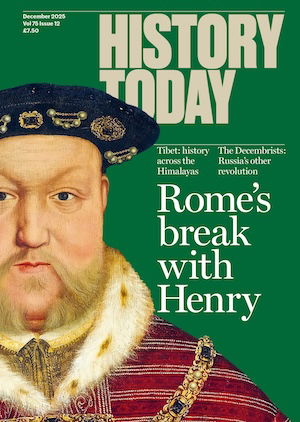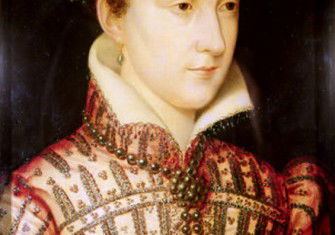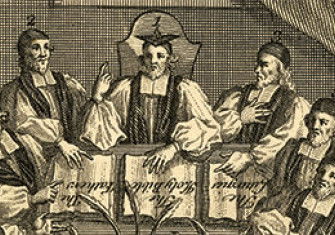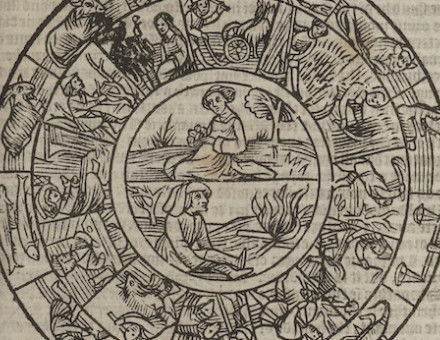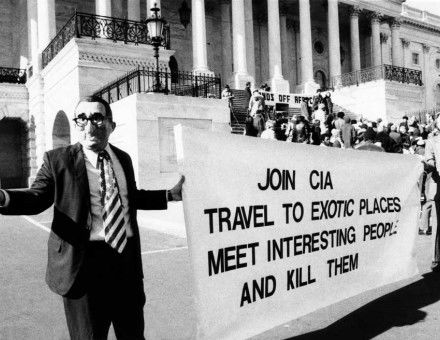A Modern Queen of Scots
We like historical films to be factually accurate, but we also like them to reflect our sensibilities.
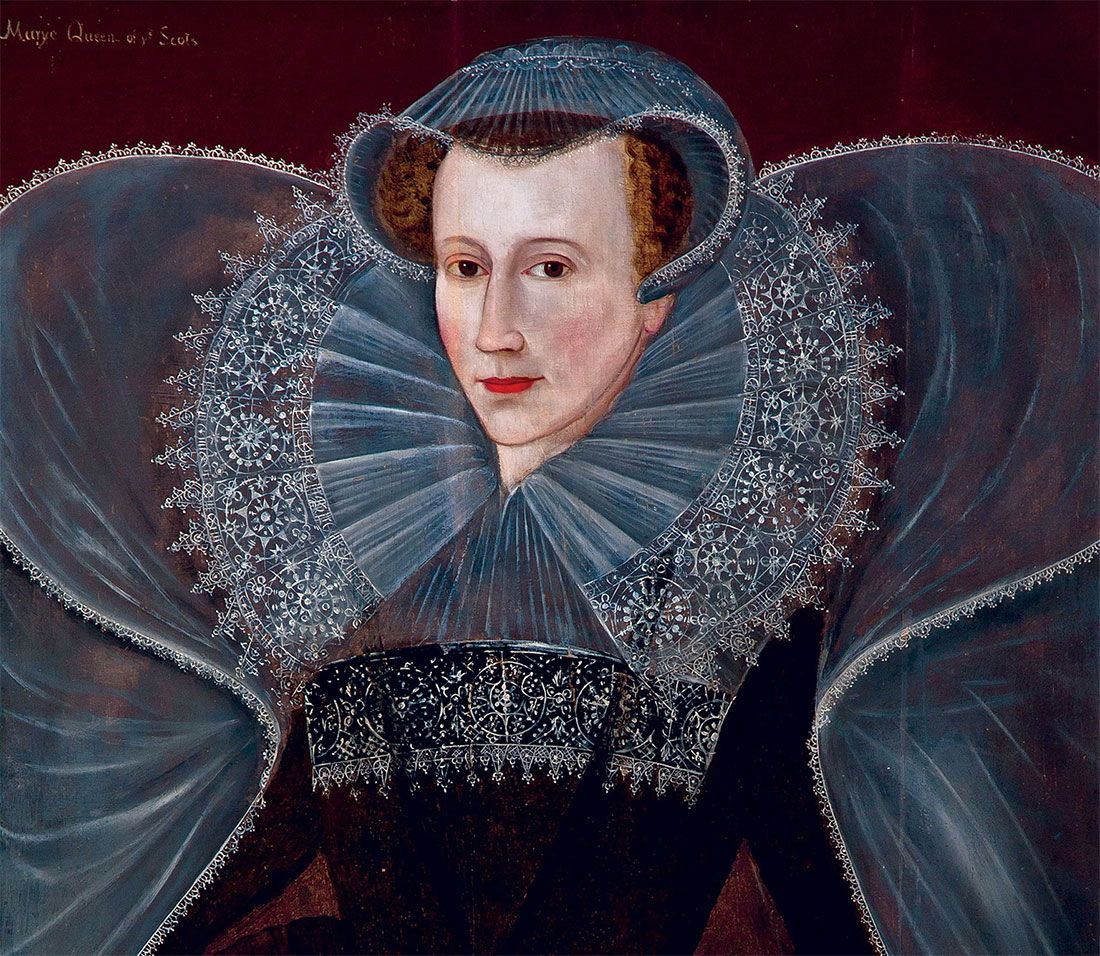 Even before Josie Rourke’s new film, Mary Queen of Scots, came out it had caused historical furore. Estelle Paranque criticised it for stressing the friendship between Elizabeth I and Mary, for the latter’s Scottish accent and for including a meeting between the two queens that never took place (such meetings have proved irresistible to the likes of Schiller and Donizetti). When the film premiered, I and other 16th-century historians were asked to comment in the press on the details of its historical authenticity or otherwise.
Even before Josie Rourke’s new film, Mary Queen of Scots, came out it had caused historical furore. Estelle Paranque criticised it for stressing the friendship between Elizabeth I and Mary, for the latter’s Scottish accent and for including a meeting between the two queens that never took place (such meetings have proved irresistible to the likes of Schiller and Donizetti). When the film premiered, I and other 16th-century historians were asked to comment in the press on the details of its historical authenticity or otherwise.

